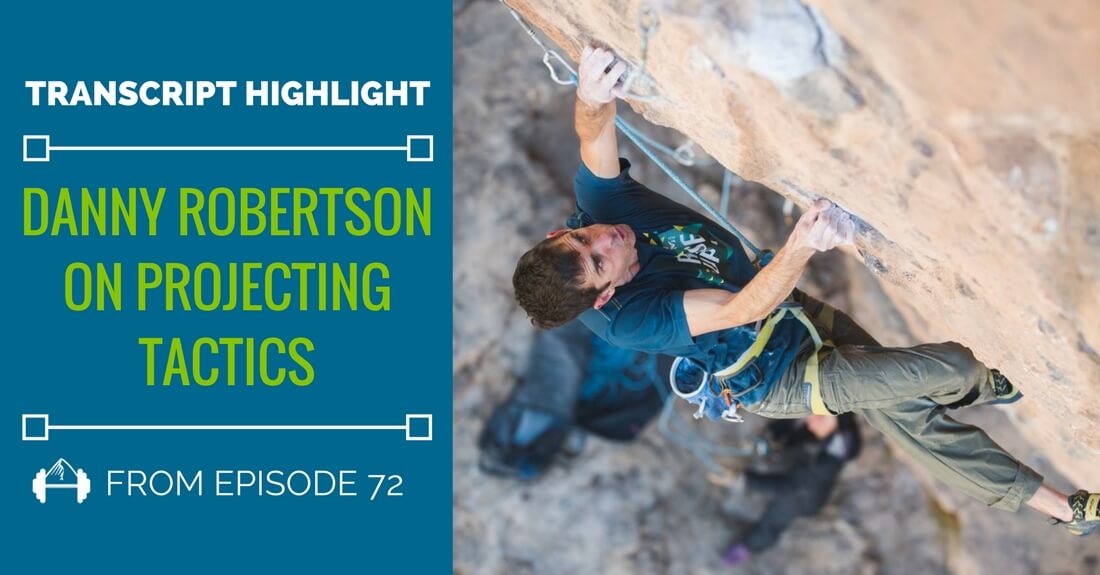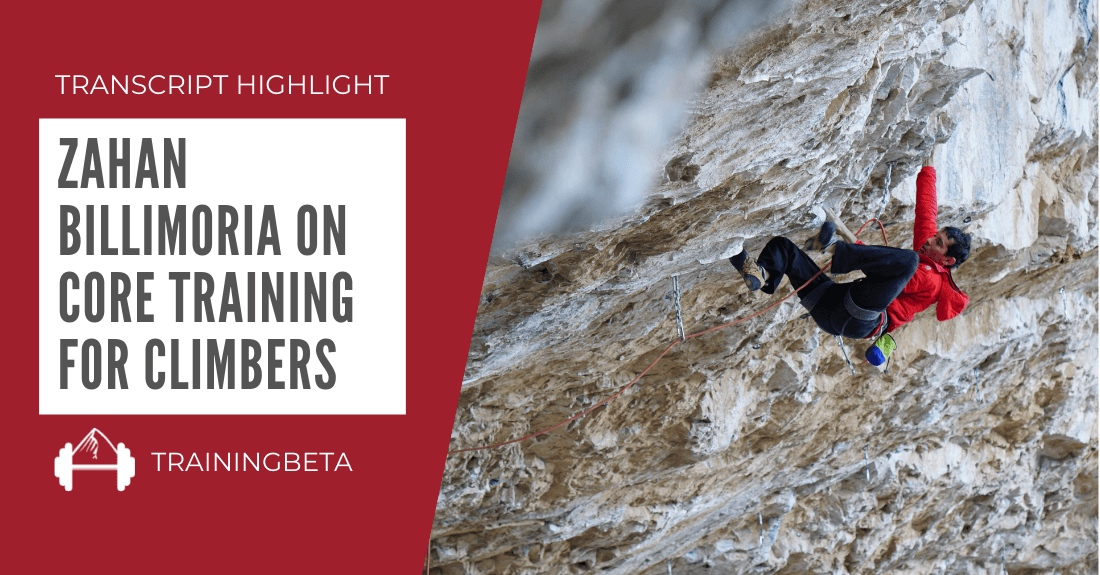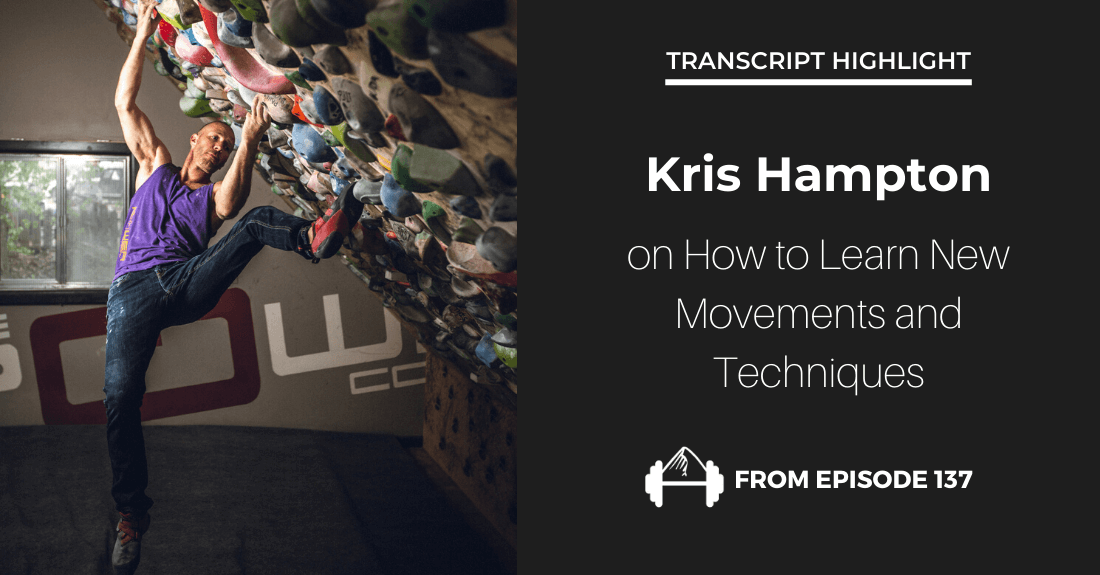We all have dream projects. You know the routes and boulders that that keep you awake at night.
It turns out, if you never try these climbs you’ll never do them. However, getting on them and training to be strong enough to send them is only half the battle. When it comes to long term projecting, tactics and how you approach the process are just as important. After all, if what you are trying is truly hard for you, then you are in for a serious fight and you’re going to want to stack the deck in your favor as much as possible.
While there are a lot of different strategies that fall under the umbrella of tactics, we thought we’d share an excerpt from Danny Robertson’s TrainingBeta Podcast where he talks about the importance of changing things up when projecting by having a “side project.”
Danny has been through the long term projecting process before having worked on Rifle’s The Crew 5.14c for seasons before sending. Do yourself a favor and give his advice a read. Then, if you like it, be sure to click through at the bottom for the full podcast episode and transcript!
Danny Robertson on Projecting Tactics:
Danny Robertson: For sure. It was interesting, just getting beat up. Absolutely roughed up on The Crew. Just to fail, and fail, and kind of go through this mental taxation of that process. And then, often get down on myself and whatever, like “I suck, blah blah blah”. It’s almost like doing things with a weight vest on- when the baseball players swing their bat around with a big weight, and then they drop the weight and suddenly you feel lighter. For me to go onto a different route was like dropping off the weight vest and suddenly feel like “Oh I can rock climb”.
Neely Quinn: That’s a lovely analogy, I like it.
Neely Quinn: It sounds like this whole changing things up for you is really important. I think it’s a good lesson for all of us. You have your- what did you call them? You ego projects? Your self esteem projects. I want to talk about that for just a sec. Are you working on those on the same days that you were climbing on The Crew, or what would you do with that.
Danny Robertson: So depending on the route, it can take a role of part of your warm up. I have this warm up routine that I do, and essentially it starts with… I’m trying to recall the physical therapist that was on your show, Jared Vagy? He spoke to this idea of the dynamic warm up as opposed to a static stretching. That warm up that he describes- he has Jonathan Siegrist doing it on some video on the internet. So I essentially do that. Then it would start with warming up on something fairly easy, similar to an easy jog, but then we have this term well call “shock the monkey”, which is essentially like, do something where you have to try hard and really wake up the fingers and the whole system. Turn it on. That might be a route that might just be a repeat, or if the route is of the right difficulty and it’s not going to tear up the skin too bad, that side project can take the role of that final effort in preparation for trying The Crew. The Crew goes into the shade in the afternoon, so it’s this process of waiting for it. The side project could take on that role of a final warm up. Or I would follow a routine of just basically warming up on day one trying The Crew, whether than be actually trying to redpoint or just putting in the work session- that would be Saturday, say.
Then day two, that would be Sunday, I would try the side project and then go and maybe work only a part of The Crew, maybe only the endurance section of it, as opposed to trying to do the entire route. It’s kind of like juggling the routine a little bit. There was a route called Double Rainbow I was doing on day two, but I’d always be so tired that I couldn’t really do it, because I was so tired from working on The Crew before that. I remember getting to a point where I felt like I could do it, so I decided to switch, and try that one before I got on The Crew, and suddenly it felt like a different route. It felt much more easy, and I was able to do that. That just gives you this little does of happiness, or positivity, before you go back and get back into the trenches of suffering on a hard project.
Neely Quinn: Suffering and sucking!
Danny Robertson: Yeah, and throwing wobblers and stuff.
Neely Quinn: It’s another example of taking the weight vest off.
Danny Robertson: Yeah, you know, if you try something and you’re just absolutely fatigued and you have tape on multiple tips, and your skin is all torn up, it’s not gonna feel very good. But then you actually try it rested and fresh, and you’re like “wow, this feels way better”.






Leave A Comment